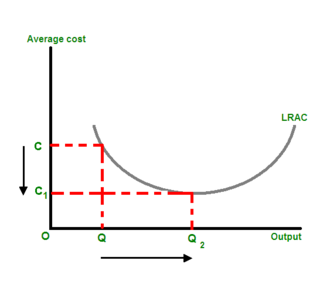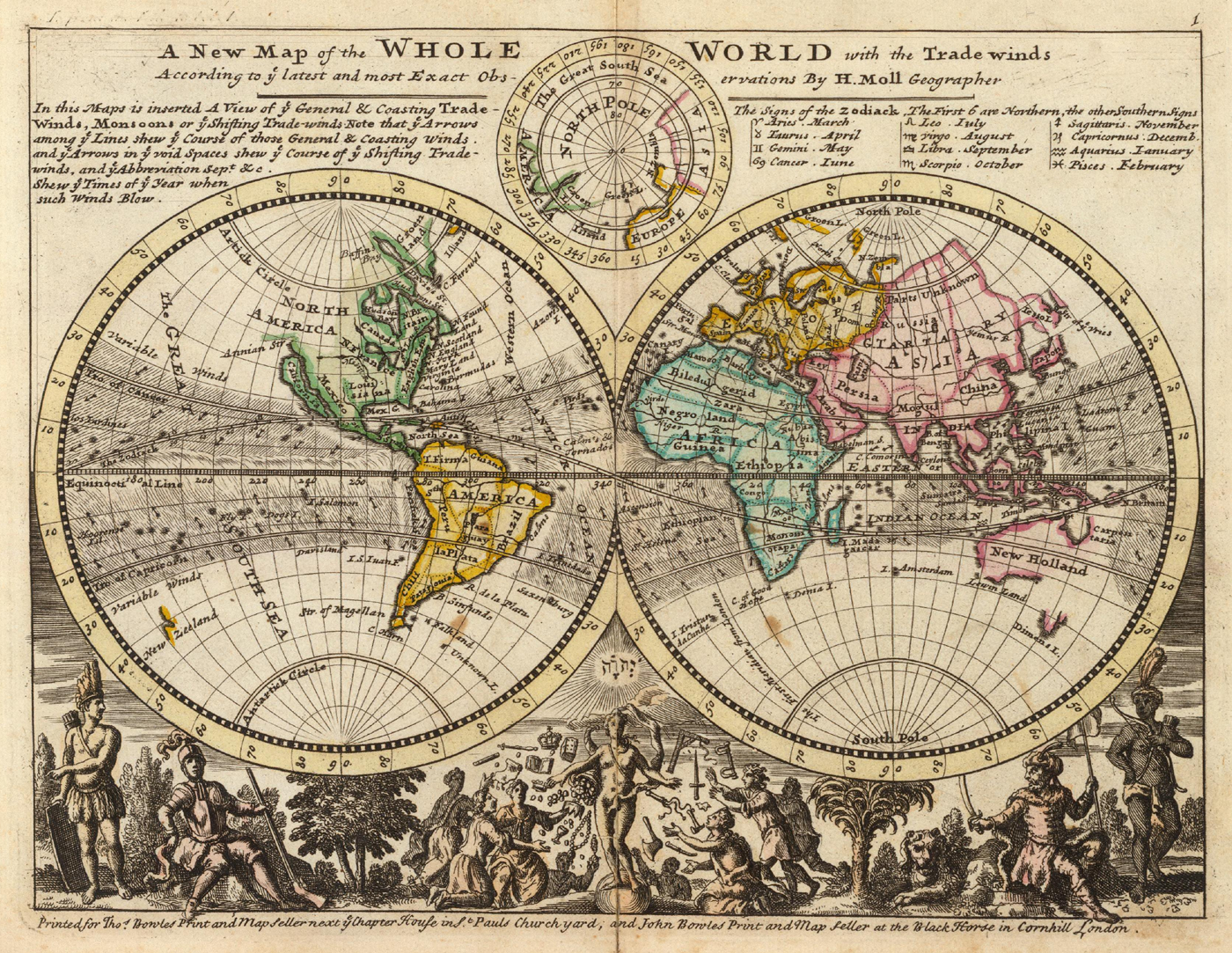Additive manufacturing is not yet good
enough to make a car or an iPhone, but it is already being used to make
specialist parts for cars and customized covers for iPhones. Additive
manufacturing is only one of a number of innovative production equipment
leading to the factory of the future. Conventional production equipment is
becoming smarter and more flexible too.
For example, Volkswagen is implementing a
new production strategy called MBQ. By standardizing the parameters of certain
components they hope to be able to produce all its models on the same
production line (Again economies of scale).
Factories are becoming vastly more
efficient. Nissan’s British factory in Sunderland, opened in 1986 is now one of
the most productive in Europe. In 1999 it built 271,157 cars with 4,594 people
(59 cars per capita). Last year it made 480,485 cars with just 5,462 people (88
cars per capita).
As the number of people directly employed
in making things declines, the cost of labor as a proportion of the total cost
of production will diminish too. This will encourage makers to move some of the
work back to rich countries, not
least because new manufacturing techniques make it cheaper and faster to
respond to changing local tastes.
The materials are changing as well.
Carbon-fibre composites, for instance, are replacing steel and aluminum.
Sometimes it will not be machines doing the making, but micro-organisms that
have been genetically engineered for the task. Software are going smarter. And
the effects will not be confined to large manufacturers, much of what is coming
will empower small and medium-sized firms and individual entrepreneurs.
Launching novel products will become easier and cheaper. Communities offering
3D printing and other shared production services are already forming online.
The consequences of all these changes
amount to a third industrial revolution,
as The Economist wrote in April 2012. The first began in Britain in the late 18th
century with mechanization of textile productions. The second began in America in the early 20th
century with the assembly line and the era of mass production.
As manufacturing goes digital, a third
great change is now gathering pace. It will allow things to be made
economically in much smaller numbers, more flexibly and with a much lower input
of labor. The first two industrial revolutions made people richer and more
urban. The third?
Source: The Economist, Special Report on Manufacturing and Innovation,
A third industrial revolution, April 21st 2012.



